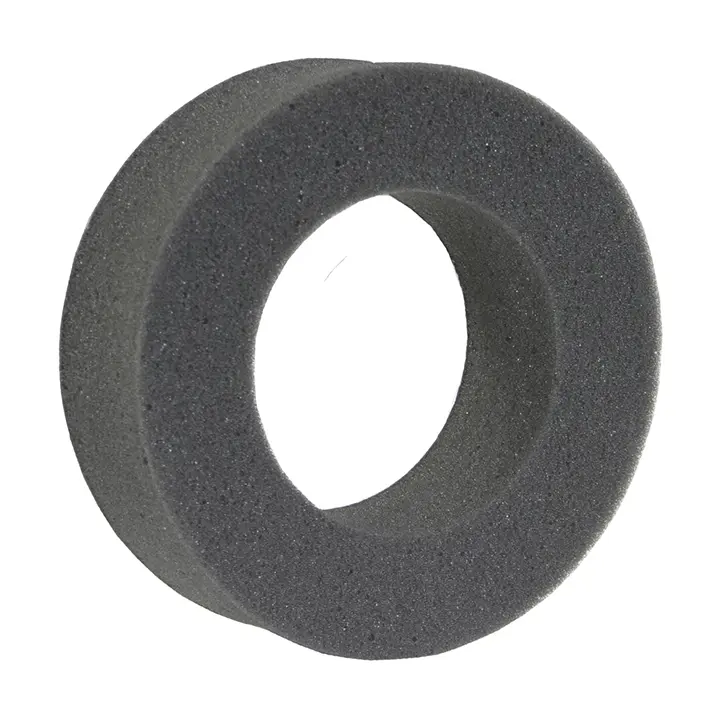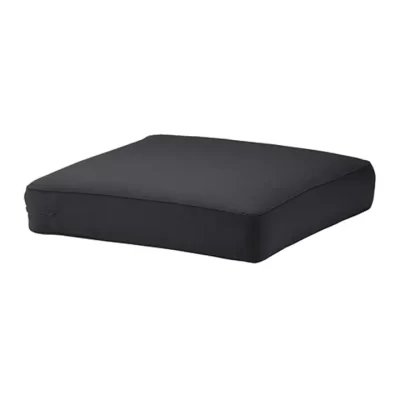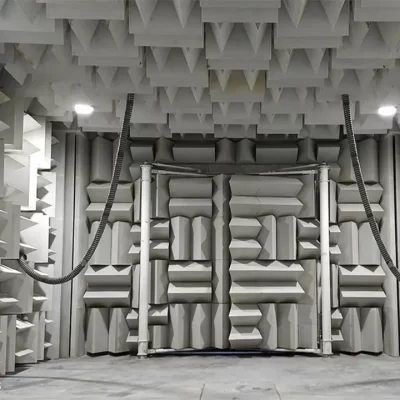Air Filter Seals
Flexible foam is commonly used in air filter seals due to its excellent sealing properties, compressibility, and chemical resistance. Here’s a breakdown of how and why flexible foam is used in this context:
Description
Types of Flexible Foams Used:
| Foam Type | Properties | Common Applications |
| Polyurethane (PU) | Good compressibility, cost-effective | HVAC filters, automotive cabin air filters |
| Polyethylene (PE) | Closed-cell, moisture resistant | Industrial filters, outdoor applications |
| EPDM Foam | High chemical and temperature resistance | Engine air filters, under-hood applications |
| Silicone Foam | Excellent heat resistance, stable over time | Aerospace and medical-grade filters |
Primary Functions of Flexible Foam in Air Filter Seals:
Air Leak Prevention: Foam ensures a tight seal between the filter housing and the filter media, preventing unfiltered air from bypassing the filter.
Vibration Damping: Acts as a cushion to absorb vibrations, reducing wear and preventing damage in mechanical systems (e.g., automotive engines, HVAC systems).
Compensating for Surface Irregularities: Flexible foam conforms to uneven surfaces, ensuring a complete seal even on imperfect joints.
Noise Reduction: Foam can act as a sound insulator, dampening noise from airflow or machinery vibrations.
Design Considerations for Foam Seals:
Compression Set Resistance: The ability of the foam to return to shape after being compressed.
Density & Hardness: Balancing softness (for sealing) and firmness (for durability).
Chemical Resistance: Especially important in engine environments or industrial filters.
Temperature Range: Must tolerate operational and ambient temperatures.
Common Usage Scenarios:
Automotive Air Filters: Foam gaskets used around filter edges to prevent dust ingress.
HVAC Systems: Foam seals around filters in ducts or units to ensure system efficiency.
Industrial Dust Collectors: Durable foam seals used in harsh environments to block fine particulate leakage.






